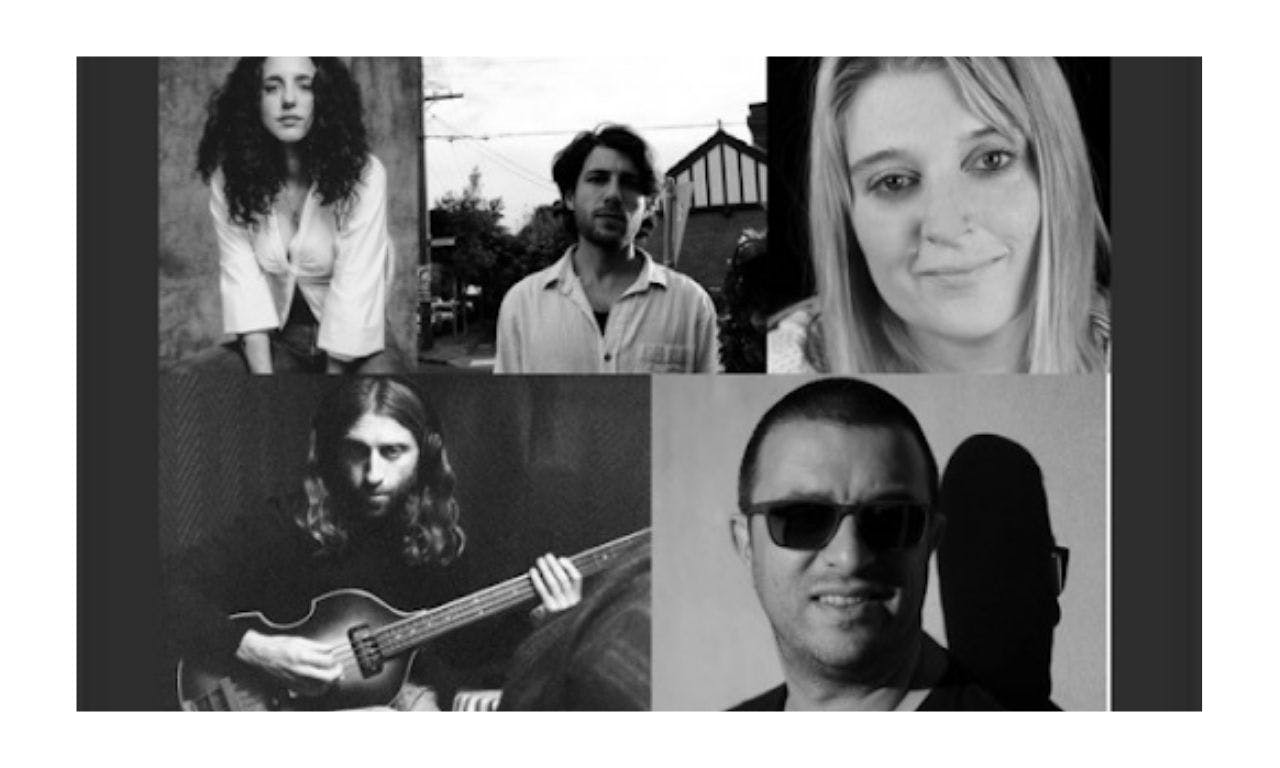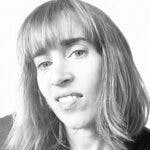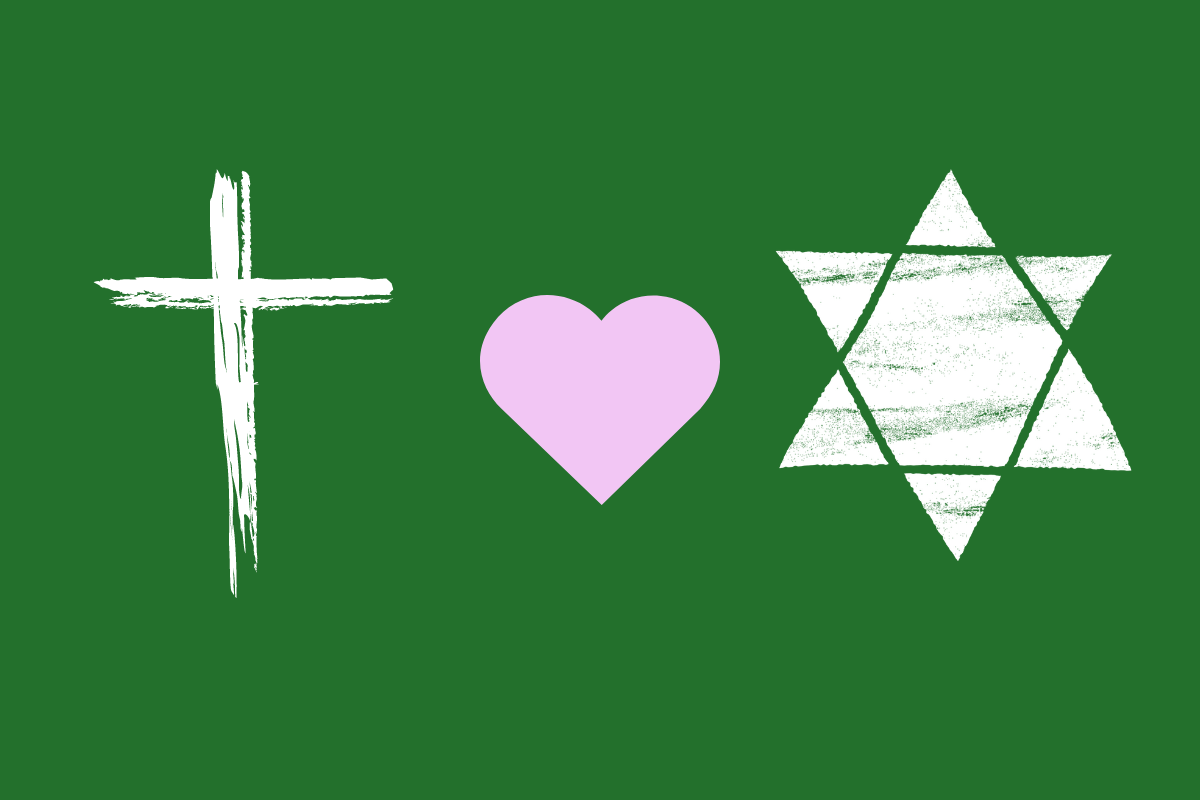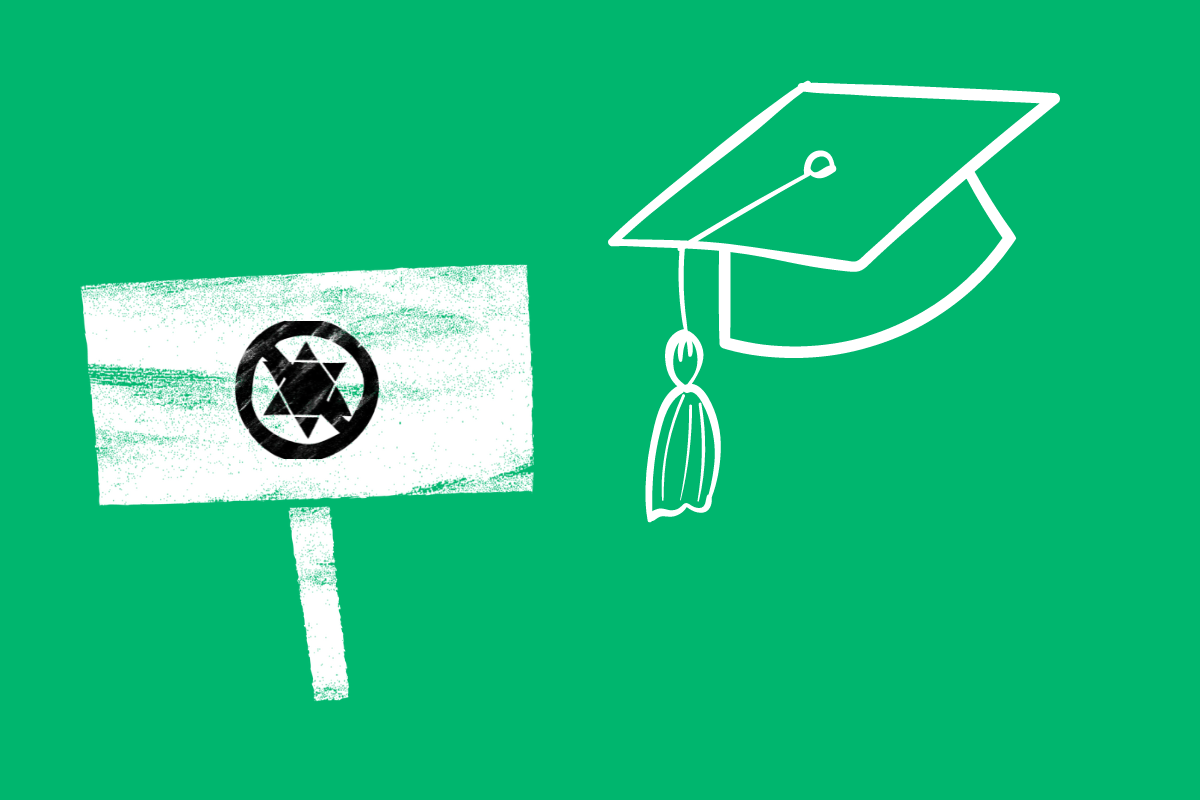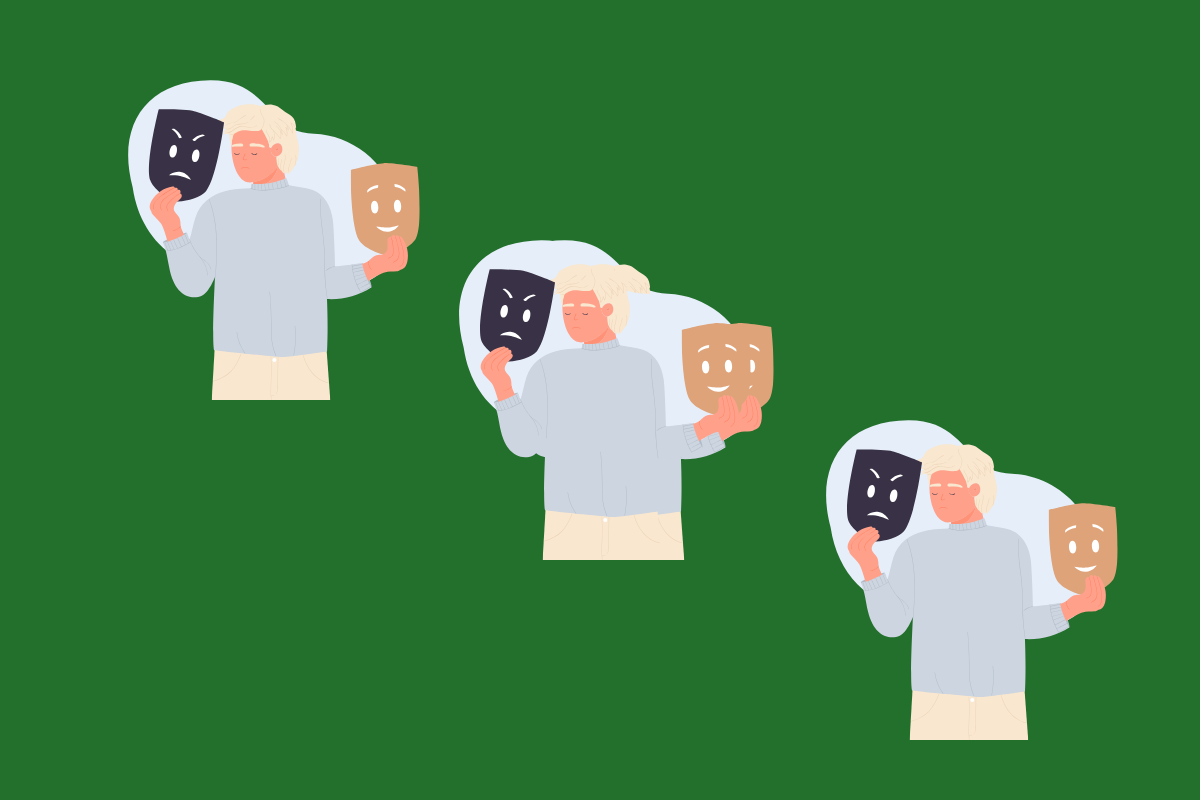Published: 16 August 2022
Last updated: 5 March 2024
Melbourne musos Husky Gawenda and Gideon Preiss, together with academic Nathan Wolski, have created an album that reimagines a 300-year-old Yiddish song book. MIRIAM HECHTMAN asks them how they did it.
Cousins Husky Gawenda and Gideon Preiss are musicians and core members of the band Husky. They grew up together in Melbourne’s secular Yiddish community and together with Husky’s sister Evie, form the music trio The Bashevis Singers.
Dr Nathan Wolski is a scholar of the Jewish mystical tradition with a special focus on the Zohar, the 13th century classic of medieval Kabbalah. Now an academic at the Australian Centre for Jewish Civilisation (ACJC) at Monash University, he also grew up in Melbourne’s secular Yiddish community.
In 2020, in a project funded by the Australian Centre for Jewish Civilisation at Monash Univeristy, the three began working on the collaborative album, Soul Joy 1727, which will be released this month. The album is a reimagining of the oldest Yiddish song book, Simkhes ha-Nefesh part 2, by Elkhonen Henele, son of Rabbi Binyomin Wolf Kirkhhan, first published in Fürth, Germany, in 1727.
The collaboration went something like this: Nathan created something that “looked” like a modern song from the original lyrics. Gideon would then play the single line of melody from the 1727 edition. After they all reached agreement about the genre and vibe they wanted, Gideon, Husky and Evie disappeared into studio land for a couple of months, "and emerged with something ripped straight from the bowels of the 18th century, that sounds at once familiar and like nothing you’ve ever heard before", as they described it.
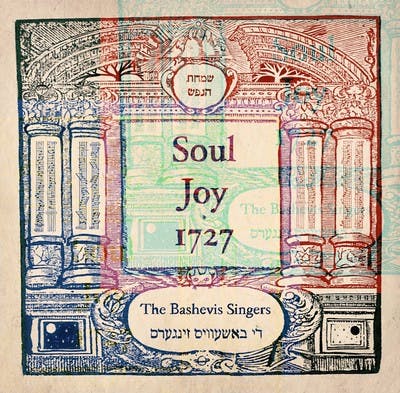
HUSKY
It was sort of because of lockdowns that all of this happened. In between lockdowns in 2020, Nathan and I met at a little gathering at [artist and musician] Anita Lester’s place. I walked over to say hello and we ended up talking all night about Kabbalah. I asked him, how does the Zohar deal with love and death and God and wine – all the big things.
The next day I was thinking how great it would be to learn some Kabbalah with him and an hour later I got a message from him offering to teach me. He read my mind. We then went into lockdown so we couldn’t meet anymore. So we moved it to Zoom and a few other people joined.
Every week during those four months of lockdown we would meet on Zoom and spend a couple of hours exploring a different passage from the Zohar. We were stuck in our houses, my world became tiny but this other vast world opened up for me. I was free to travel and explore in this world and be in awe of the cosmos. It really helped me survive that time.
At some point, Nathan had this idea to take these 300-year-old Yiddish melodies and songs and re-imagine them and create a collection of contemporary songs - and that sounded really interesting. Also, I needed something to do. There was no touring. There was no anything. It was an exciting idea but I didn't realise how much I was going to connect to these projects.
They bring together some things that are very deep for me - music and Yiddish and poetry and mysticism and family. They've given me access to this thing that has always been a very important part of me but I've in some ways struggled to access, which is my Jewishness. And through these projects, I'm learning how to access it now and a lot of that is thanks to Nathan. We call him the Reb.
GIDEON
Kabbalah was very new for me. I’d read a few things that referred to Jewish mysticism but I didn't have a way to dive into that world until I crossed paths with Nathan. He opened up all of these doors and portals into parts of Judaism that I knew existed but I didn't have access to. So meeting Nathan was huge.
A lot of the texts that we were studying were hundreds of years old but written in Yiddish and that was what really captured my imagination. When you speak a language, it's not just the words, it's the window into the culture and into history. Without the Yiddish, we'd never have been able to dive into that world. It's Yiddish-land but it's also mystical land. Yiddish is the link.
When Nathan came to us, he said, “you're not going to believe what I've found. I found this handbook from 1727 that contains the oldest known Yiddish melodies.”
That was the thing that pulled us in initially. He sent me the book in the middle of lockdown and said, “if you flip through the pages, you'll find the notation”. What we found were very basic, very primitive single line melodies. They were quite hard to interpret because the notes themselves were written in unusual ways so there was a lot of time spent just trying to understand the intention of the original melody. The first thing I did was play one of these melodies on the piano.
It was really late at night and I was living in a little apartment in St Kilda. I slept next to my piano so I would often just roll out of bed and go straight to the piano. I opened up the handbook and I played one of these melodies, recorded it on my iPhone and sent it to Husky and Nathan. It was like I'd entered a portal. As if I was reconciling 300 years of history all in that moment, like diving into our past and pulling it into the present.
NATHAN
It's very rare to make new soul friends at my age (49). It doesn't really happen. I was a big admirer of Husky. I'd actually joked with Husky and his father Michael that one of the songs on their first Bashevis Singers album, which is based on a poem that Michael wrote, is the single greatest contribution to Jewish culture in Australia in the last 50 years.
I think that was my opening line to Husky when I saw him. So we connected, started speaking and then we went back into lockdown and everyone was very depressed and Husky then said, “why don't we do a Zoom session?”
It's been lovely to draw these two worlds together, Kabbalah and Zohar on the one hand, and Yiddish on the other because they’re two very important parts of my identity and my intellectual worldview and where they come together has really not been explored at all by scholars. Scholars, readers and speakers of Yiddish are not really interested in Kabbalah.
Yiddish has kind of been “hijacked" by the Left and the secular Jewish world. But Yiddish doesn't belong to the Left, Yiddish belongs to the Jewish people. And so scholars of Yiddish ignore Kabbalah and scholars of Kabbalah because of their own biases ignored Yiddish. So there are very few places where these things come together. It has been amazing for me as a scholar to explore all of that.
You have those rare experiences where you have a shared language among people where what you say they get, what they say you get. And for me, as a scholar in the very narrow world of scholarship, to connect with musicians and art and artists was very expansive because they see the world very differently.
I gave them things that they didn't have and they were giving me things that I didn't have. And together it just snowballed. It would be nice to say that all the projects we've worked on have been part of a great well thought out plan. But it's all kind of just evolved through our shared language and shared love of poetry, words, mystery and ideas.
Main photo: Clockwise, from top left: Anita Lester, Gideon Preiss, Evie Gawenda, Nathan Wolski, Husky Gawenda
